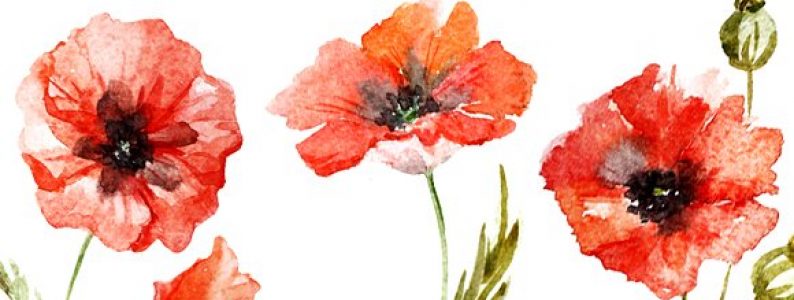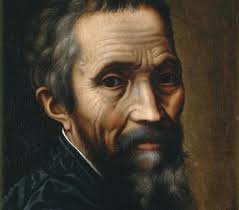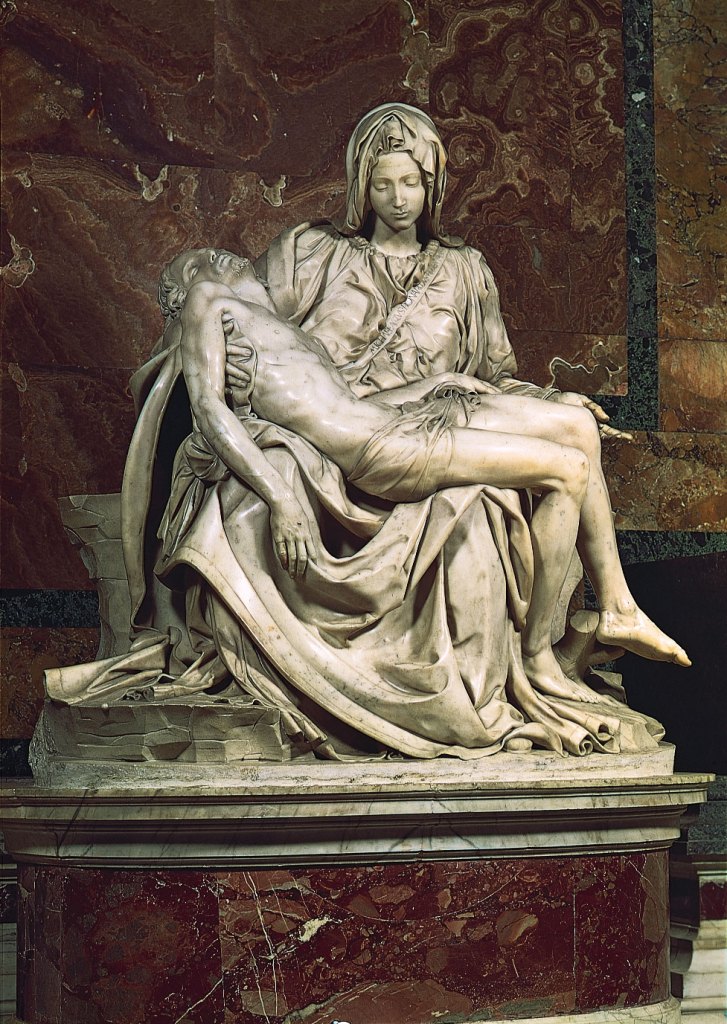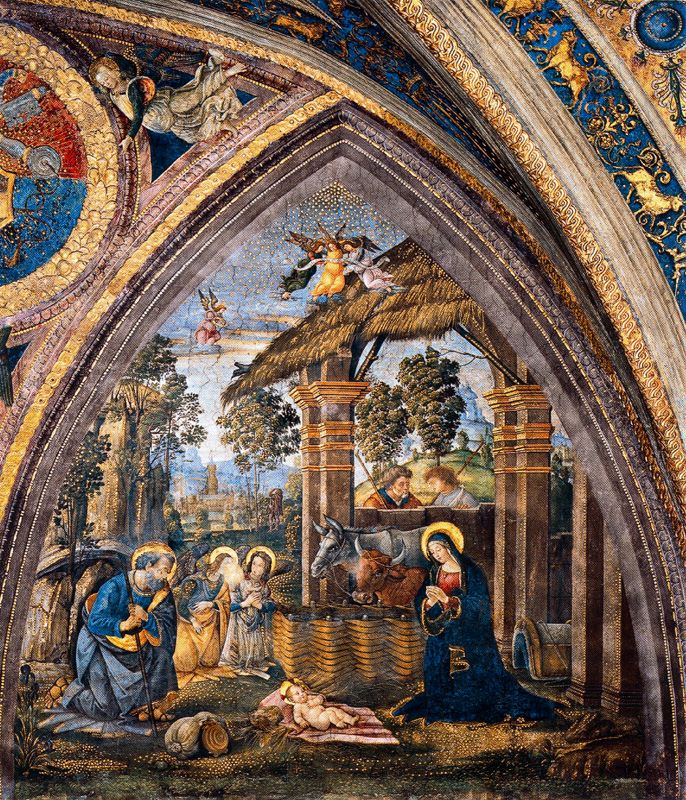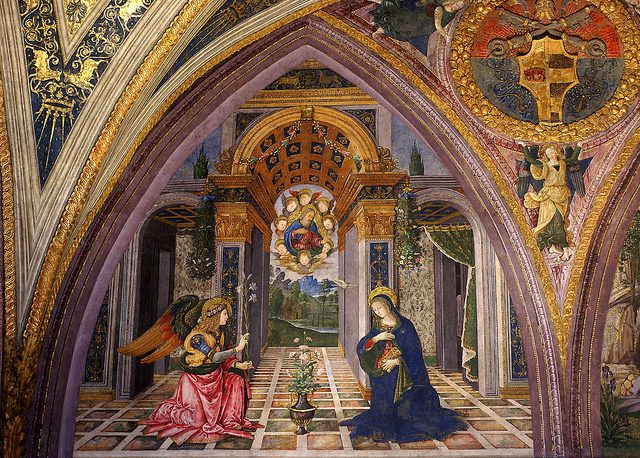Publication May 14, 2024-St. Martin’s Press-Historical Fiction-336pp

Book Summary
The bestselling author of The Jane Austen Society and Bloomsbury Girls returns with a brilliant novel of love and art, of grief and memory, of confronting the past and facing the future.
In 1955, Vivien Lowry is facing the greatest challenge of her life. Her latest play, the only female-authored play on the London stage that season, has opened in the West End to rapturous applause from the audience. The reviewers, however, are not as impressed as the playgoers and their savage notices not only shut down the play but ruin Lowry’s last chance for a dramatic career. With her future in London not looking bright, at the suggestion of her friend, Peggy Guggenheim, Vivien takes a job in as a script doctor on a major film shooting in Rome’s Cinecitta Studios. There she finds a vibrant movie making scene filled with rising stars, acclaimed directors, and famous actors in a country that is torn between its past and its potentially bright future, between the liberation of the post-war cinema and the restrictions of the Catholic Church that permeates the very soul of Italy.
As Vivien tries to forge a new future for herself, she also must face the long-buried truth of the recent World War and the mystery of what really happened to her deceased fiancé. Every Time We Say Goodbye is a brilliant exploration of trauma and tragedy, hope and renewal, filled with dazzling characters both real and imaginary, from the incomparable author who charmed the world with her novels The Jane Austen Society and Bloomsbury Girls.
Grateful Reader Review by Dorothy Schwab
St. Peter’s Basilica in Vatican City casts a golden glow over Rome and its many visitors. Vivien Lowry may sense her script writing is more in its shadow than its glow. Natalie Jenner sinks readers into the complexities of Italian political, economic, and cultural life in the 1940s and 1950s. Her dual timeline alternates between La Scolaretta, the resistance fighter in 1943 and Vivien, the London playwright in 1954-1956.
Jenner’s novel is a standalone, laced with characters her readers will recognize from The Bloomsbury Girls, though Jenner provides excellent background and details to support them in the plot. How we atone or make reparations is a theme rooted in Vivien’s realization that she has been operating out of fear and anger. Through Vivien’s new relationships Jenner also explores mother-child dynamics. The characters, motivated by many different circumstances, experience surprising twists which provide ample topics for discussion.
Every Time We Say Goodbye shines a light on the absolute power and prevailing influence of the Vatican on the movie industry in the mid-20th century. Through Cardinal Marchetti and Vivien’s script writing experience the tangled threads of the Church, the police, the state, and movie studios are unraveled. Jenner also highlights the power of cinema to eventually create a new reality.
Discovering the true nature of friends and family, which may be heartbreaking or uplifting, is another theme. Jenner’s characters represent the invisible damages of war- using acts of goodness as a shield or as an emotional cocoon. My favorite, Sir Alfred Knox, the British industrialist, and philanthropist, is a wonderful homage to all those who risked their own lives to save others, helping hundreds of Jewish children escape.
Risk, relationships, renewal-wrapped in an Italian love story.

NATALIE JENNER is the author of the instant international bestseller The Jane Austen Society and Bloomsbury Girls. A Goodreads Choice Award runner-up for historical fiction and finalist for best debut novel, The Jane Austen Society was a USA Today and #1 national bestseller and has been sold for translation in twenty countries. Born in England and raised in Canada, Natalie has been a corporate lawyer, career coach and, most recently, an independent bookstore owner in Oakville, Ontario, where she lives with her family and two rescue dogs. https://www.nataliejenner.com/

